The World of Slow Fashion
“Seventy-five percent of fashion supply chain material ends up in landfills. This amounts to ‘the equivalent of one garbage truck of textiles per second.’

What is Slow Fashion?
We are constantly bombarded with catastrophic statistics of fast fashion’s impact on the environment, but with many of us living busy lives it is often hard for people to take on board its true impact. Fast fashion, which has been perpetuated by social media and influencers as well as the traditional beauty/fashion industry, leads to a startling number of garments being produced that are destined for the landfill with hardly any wear.
The current world of fashion moves in a cyclical nature, meaning that if you understand this you can buy garments and keep them for when the fashion trends come back into rotation every number of years. What is alarming however, is the speed of this rotation is exponentially increasing. This is due to fast fashion consistently pumping out micro trends throughout the year, which fashionable society expects you to keep up with; meaning the notion of a trend lasting the traditional fashion ‘season’ is obsolete.
Slow fashion has emerged as a counter movement to this. The emphasis of the movement is to show how you can be stylish without wearing new clothes that are fresh off the rail and dictated by the latest fashion trends.
Slow Fashion on the Red Carpet
Slow fashion isn’t just an idea that has been embraced by environmentalists, or as part time of scroungers like me who were raised on a steady diet of hand me down clothes and second hand clothes from charity shops; high fashion’s most coveted stars are also getting in on the trend. Hollywood star Jennifer Lopez has had a renaissance in the past few years, and this was marked by Versace’s revival of their famed green silk dress.
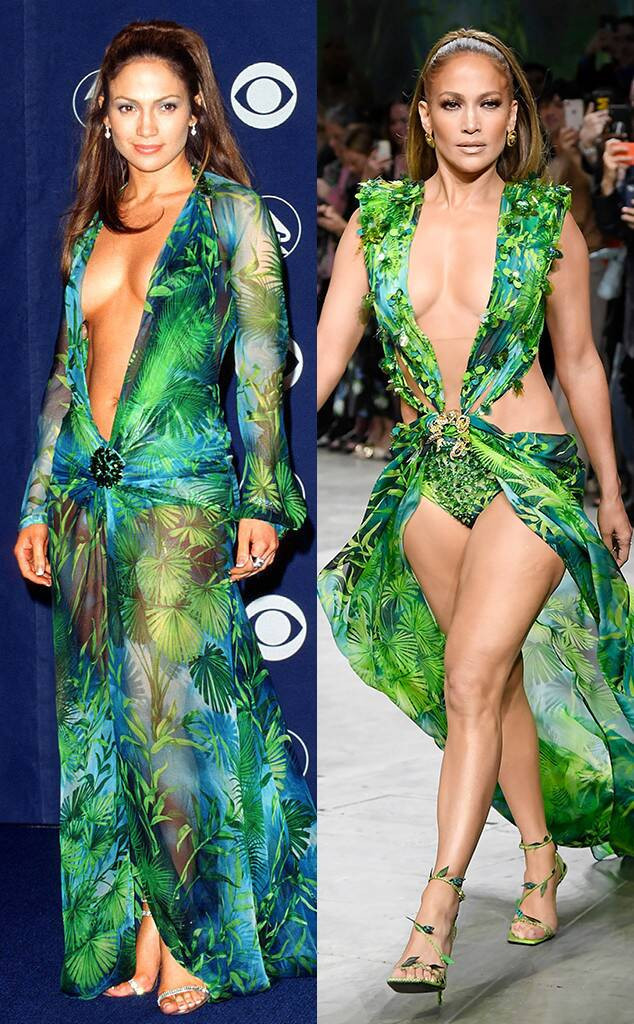
Lopez blew away crowds by wearing this exotic dress to the Grammy Awards originally in the year 2000, but it looks just as good if not better now.
JLO isn’t the only one, Kim Kardashian, Queen of the runway and all things fashion has also decided that clothes don’t need to be new to look magnificent.
In her appearances at various red carpet events she has taken to wearing older pieces of clothing, for example wearing this black cut out gown from Mugler’s collection over 20 years ago to the Hollywood Beauty Awards show. Complete with exquisite detailing on the sheer bodice, its daring thigh split, and form fitting shape; the dress is perfect for Kim Kardashian.
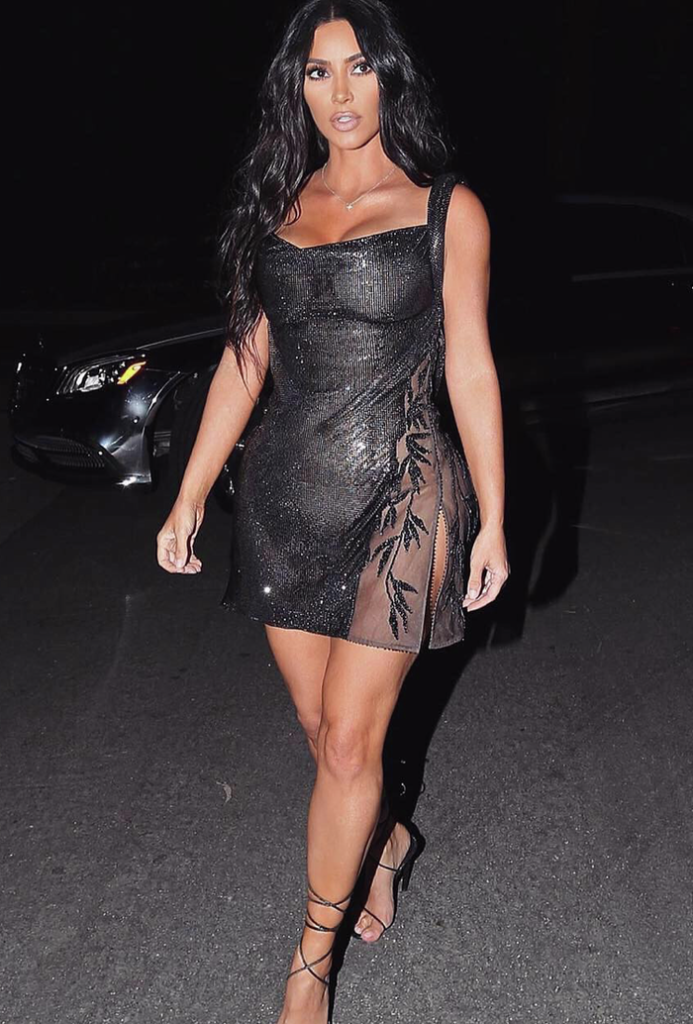
Understanding Fashion’s cyclical nature
We’ve often been tricked by advertising to believe that “Everything is new!”, and that if we don’t “Buy now!” then the style will be gone forever, but in reality these trends come back into rotation every few years, with just a few variations. Whilst this fact may drive you crazy and have you waving your fist at the sky, there’s actually some hope in knowing that little to nothing within the sphere of trends is completely new. You can stay curious about style, and look for ways to appreciate and enjoy trends, without having your life and purchasing habits dictated by them.
By understanding that most fashion trends or periods can be grouped into two categories, Classicism and Romanticism, you will be able to tell which fashion trends are likely to re-emerge at any given time.

Classicism in fashion describes times when fashion styles were centred around ideas of sensibility and minimalism, leaning into thoughts of order and class. A prime example of an era defined by classicism would be the 1950, where clothing was orderly, distinctions between the genders and class were sharp and clear, hair was sensible.
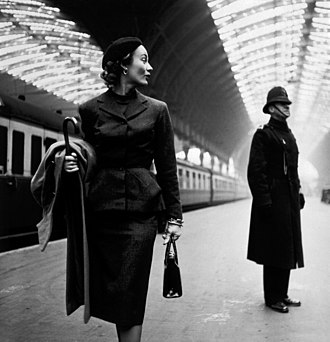
Fashion tended towards establishing a sense of security and comfort in what was known after the horrors of the Second World War.
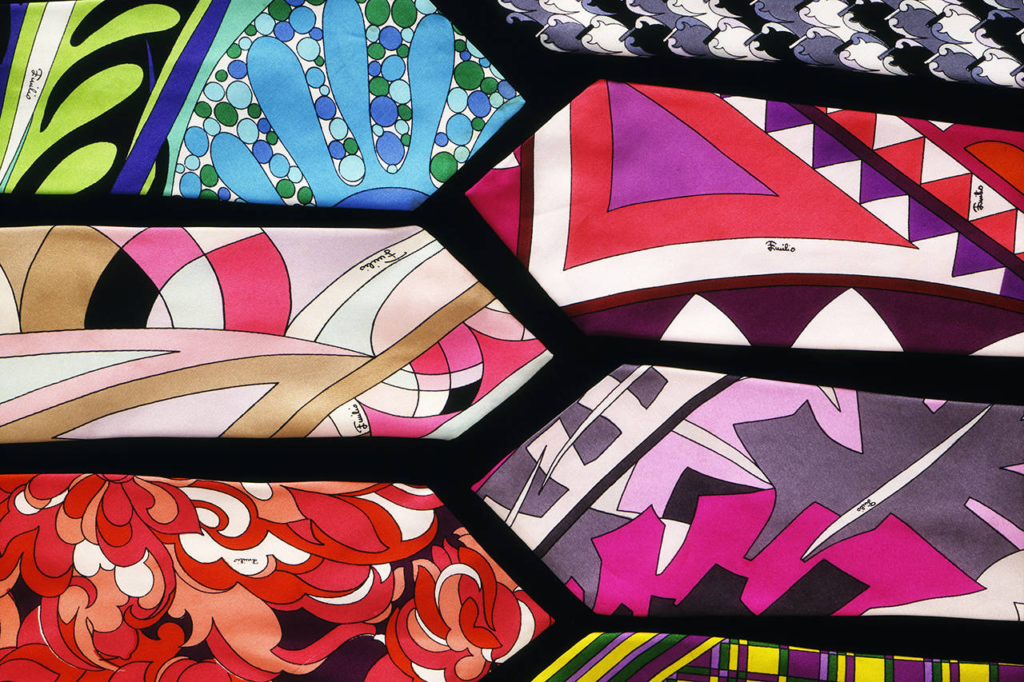
In contrast to this, there is Romanticism. In the decade that followed the 50’s, people wanted to be more daring and break out of the order that had been imposed upon them. A great wave of romanticism took hold in fashion; hemlines rose, patterns were freed from the shackles of what was deemed acceptable, hair became wild. It’s rooted in the idea of finding expression by any means necessary through the clothes you wear, and ignoring traditional rules about what is deemed acceptable.
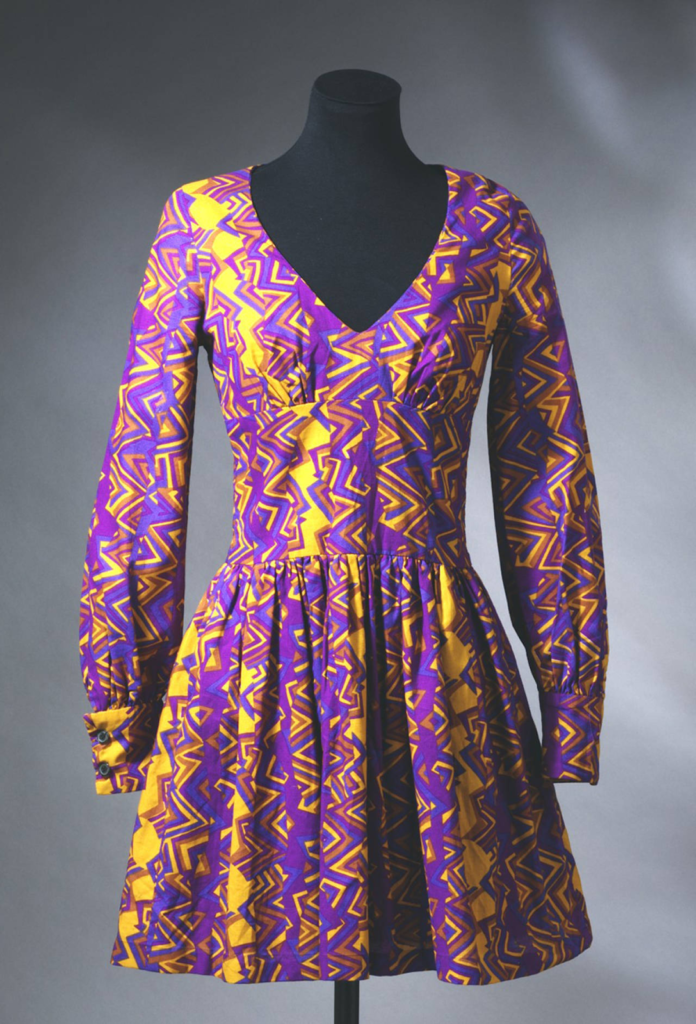
So what period are we in now you may be asking? We are emerging from a pandemic, so one could say that we are living through a blend of classicism and romanticism. Some people want safety and assuredness in their fashion choices after the madness of the last two years which echo the culture surrounding classicism; with sneakers and flat shoes, long warm coats, button down shirts, minimalism and relaxed hair styles never being more popular. However, others wish to capture the spirit of the roaring 1920’s after the First World War and very much calling for the return of romanticism; jumping at the chance to wear bright colours, flashy jewellery and bold dyed hair.
If you know what old fashion trends you would like to replicate, you can search for the pieces that you want using Depop (second hand), sites like Etsy (smaller, independent creators) or vintage stores; and pair them with your existing modern items. As Meg Watt’s says, let’s make 👏 secondhand 👏 sexy 👏 again 👏!. If you don’t know what sort of fashion ideas you want to replicate, you might find our article about creating your own style helpful.
However, if you can’t find a second hand replica of a trend you want to imitate, you can always try altering your own clothes. There are many guides on how to alter items of clothing on youtube, and one can quite easily use either just a needle and thread or a sewing machine to alter their clothes by following these guides. Plus, you get filled with the warm feeling that you’ve altered the item yourself.


